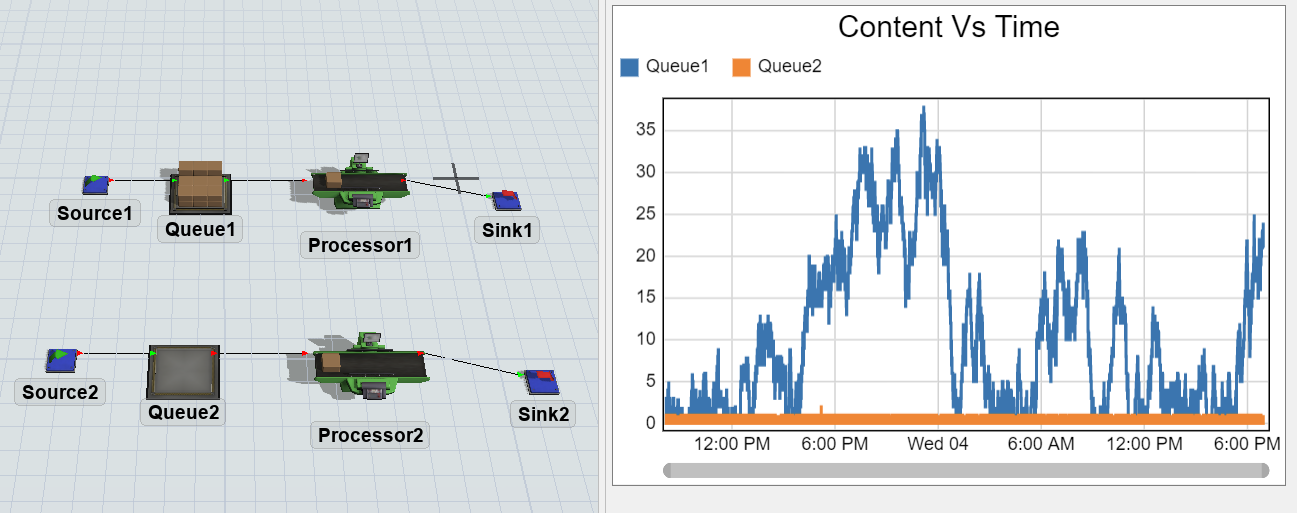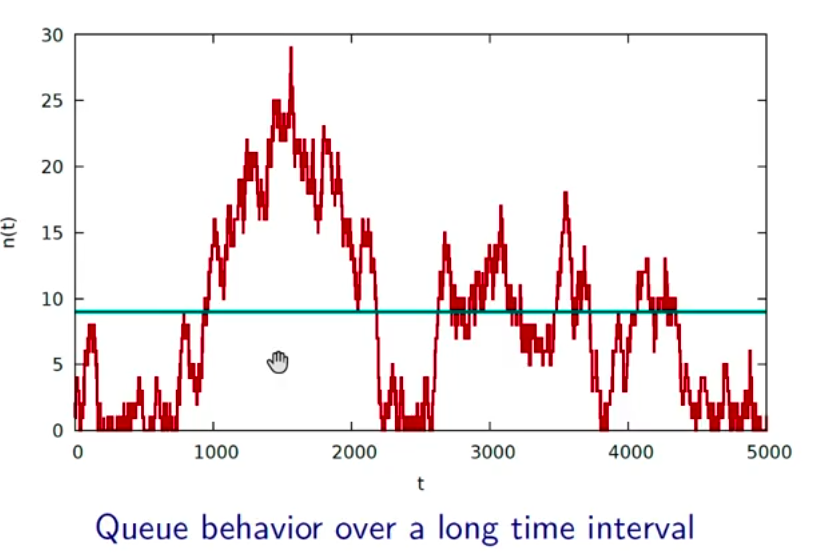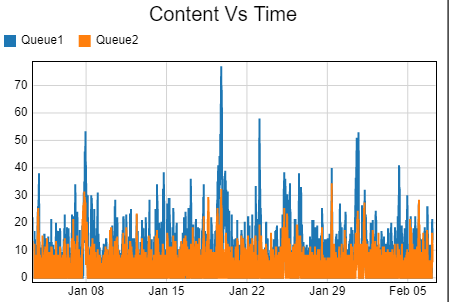in a simple M/M/1 system with identical parameters of poisson arrival time and processing time but different units, getting different results for the average content in the queue
1) arrival time = 1 min, processing time =0.9 minute
2) arrival time = 60 sec, processing time = 54 sec



